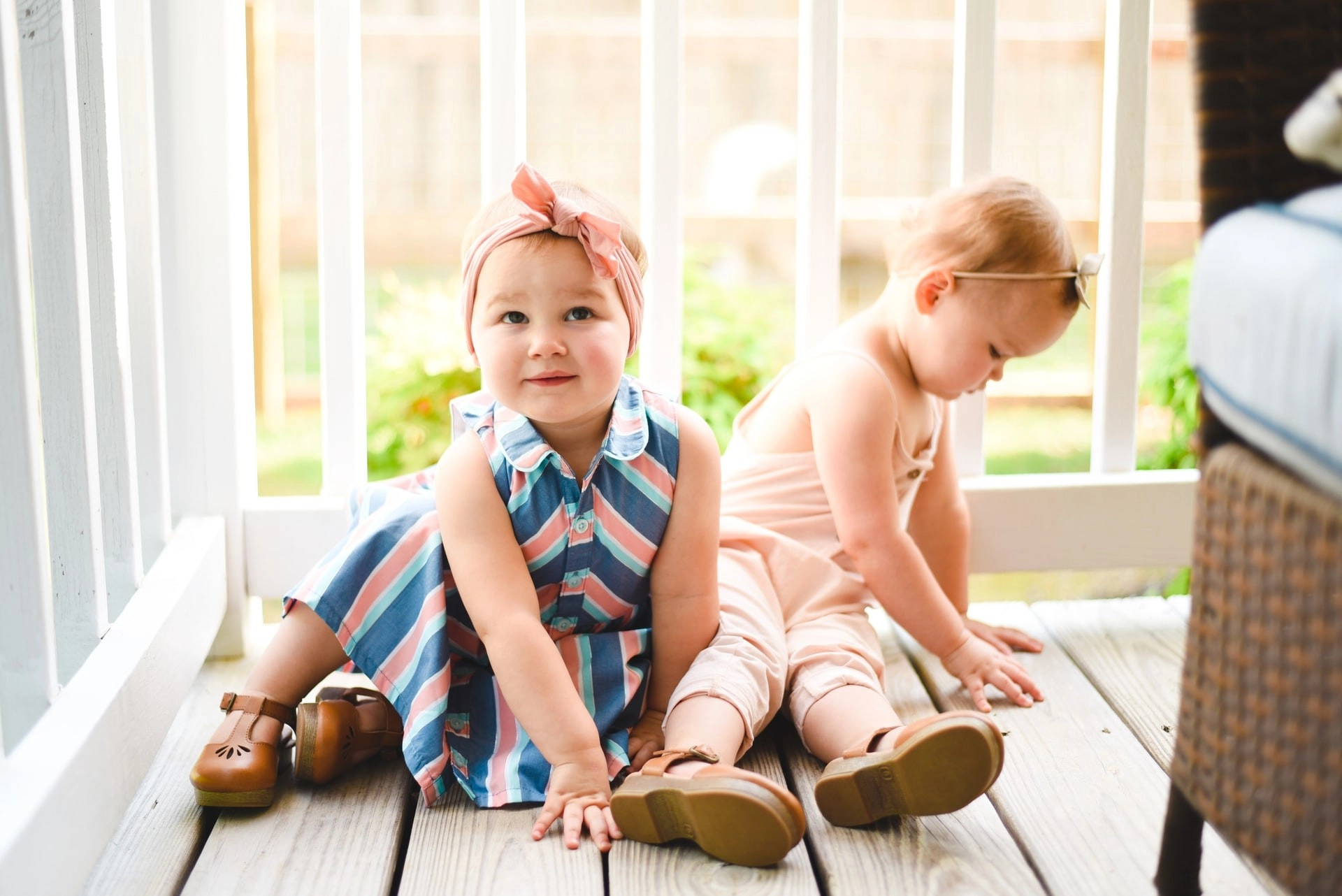Puberty and Social Development
NIMH F32 MH131269 - PI Alicia Vallorani; Sponsor Dr. Elizabeth Redcay - May 2023 - April 2025
This two part project is designed to assess puberty as a sensitive period for changes in socioemotional processing, creating a potential window to alter trajectories towards social anxiety. Drs. Nathan Fox, Cecile Ladouceur and Michael Hallquist are collaborators on the grant.
In Study 1, young adolescents provide reports on pubertal status, engage in spontaneous mentalizing tasks while fMRI data are collected. Data will answer questions about if pubertal development is related to mentalizing network connectivity.
Study 2, uses archival data to assess a longitudinal model. Children were assessed for temperamental fearfulness at 2-years and engaged in a social interaction at 12-years. Pubertal development was also assessed at 12-years and social anxiety was assessed at 15-years. A moderated mediation-mediation model will assess if mentalizing behaviors, as measured in the social interaction, mediate the relation between fearful temperament and social anxiety and if that relation is moderated by pubertal development.
Behavioral Foundations of Friendship Study (BFFs)
NIMH F31 MH121035 - PI Alicia Vallorani; Sponsor Dr. Koraly Pérez-Edgar - January 2020 - December 2022
For this study, young adult friends engage in a social interaction designed to elicit positive and negative affect while mobile eye-tracking data are collected. The mobile eye-tracker collects both eye-tracking metrics as well as each participants worldview. Participants then "re-live" the social interaction by watching moments from both their, and their friend's, perspective while fMRI data are collected. Data will answer questions about coordination of social attention and mentalizing network connectivity during social interactions and relations with social anxeity. Drs. Michael Hallquist, Kristin A. Buss, Erika Forbes and Johanna Jarcho are collaborators on the grant.
Development of Social Attention
NIMH R01 MH109692 - PIs Drs. Koraly Pérez-Edgar, Kristin A. Buss & Vanessa LoBue
Study 1 examines how bidirectional relations between affect-biased attention, maternal anxiety symptoms and infant temperamental negative affect across the first two years of life.
Study 2 examines how individual differences in developmental trajectories of social attention, as measured by stationary eyetracking, across the first two years of life relate to caregiver reported infant competence and researcher observed infant social reticence.
Study 3 will expand previous work to focus on how simultaneous contributions of engagement and disengagement, as measured by stationary eye-tracking, contribute to social fear, as measured by behavior during a stranger approach task, over the first two years of life.



